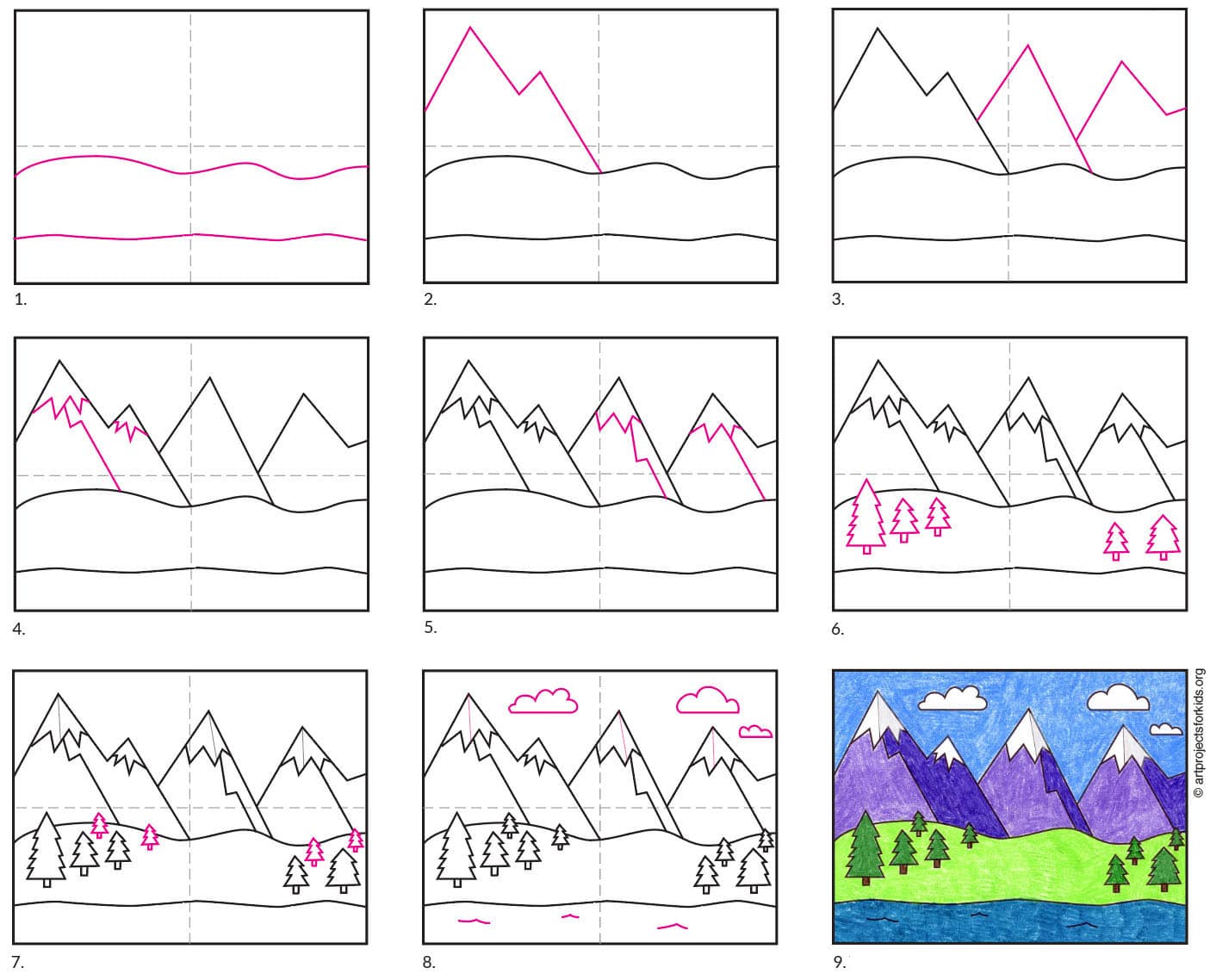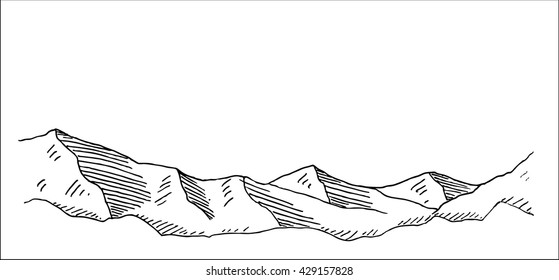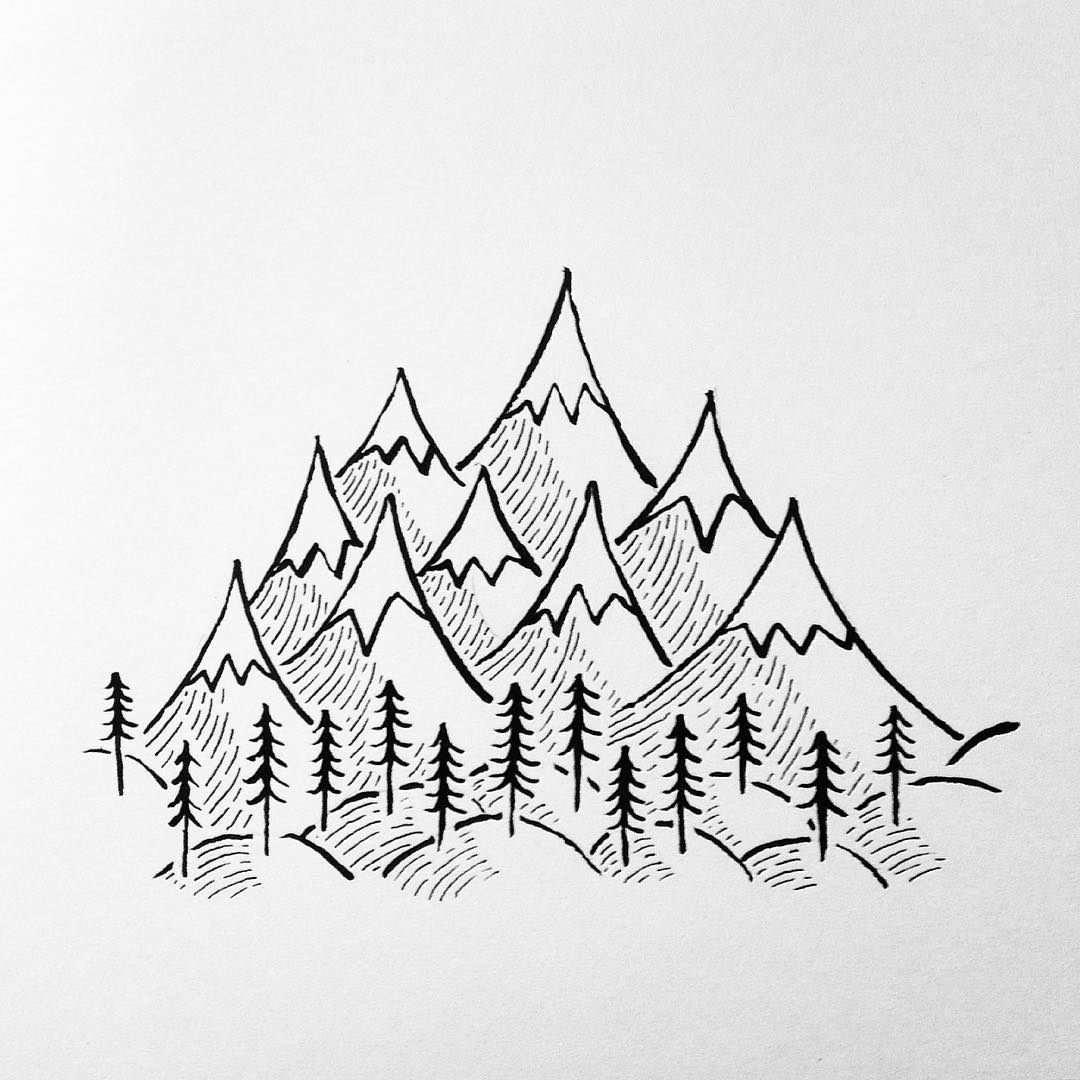
Hasegawa Tōhaku, Pine Trees screen ( Shōrin-zu byōbu, 松林図 屏風), one of a pair of folding screens, Japan, 1593.

More ancient Roman landscapes survive, from the 1st century BCE onwards, especially frescos of landscapes decorating rooms that have been preserved at archaeological sites of Pompeii, Herculaneum and elsewhere, and mosaics. 1350 BC), are a famous example.įor a coherent depiction of a whole landscape, some rough system of perspective, or scaling for distance, is needed, and this seems from literary evidence to have first been developed in Ancient Greece in the Hellenistic period, although no large-scale examples survive. The frescos from the Tomb of Nebamun, now in the British Museum (c.


Hunting scenes, especially those set in the enclosed vista of the reed beds of the Nile Delta from Ancient Egypt, can give a strong sense of place, but the emphasis is on individual plant forms and human and animal figures rather than the overall landscape setting. The earliest "pure landscapes" with no human figures are frescos from Minoan art of around 1500 BCE. The earliest forms of art around the world depict little that could really be called landscape, although ground-lines and sometimes indications of mountains, trees or other natural features are included. Zhan Ziqian, Strolling About in Spring, a very early Chinese landscape, c.
#MOUNTAINS SIMPLE DRAWING PATCH#
However the cognate term landscaef or landskipe for a cleared patch of land had existed in Old English, though it is not recorded from Middle English. Within a few decades it was used to describe vistas in poetry, and eventually as a term for real views. The word "landscape" entered the modern English language as landskip (variously spelt), an anglicization of the Dutch landschap, around the start of the 17th century, purely as a term for works of art, with its first use as a word for a painting in 1598.
#MOUNTAINS SIMPLE DRAWING PROFESSIONAL#
Such views, extremely common as prints in the West, are often seen as inferior to fine art landscapes, although the distinction is not always meaningful similar prejudices existed in Chinese art, where literati painting usually depicted imaginary views, while professional artists painted real views. If the primary purpose of a picture is to depict an actual, specific place, especially including buildings prominently, it is called a topographical view. Landscape views in art may be entirely imaginary, or copied from reality with varying degrees of accuracy. The recognition of a spiritual element in landscape art is present from its beginnings in East Asian art, drawing on Daoism and other philosophical traditions, but in the West only becomes explicit with Romanticism. Two main traditions spring from Western painting and Chinese art, going back well over a thousand years in both cases. Detailed landscapes as a distinct subject are not found in all artistic traditions, and develop when there is already a sophisticated tradition of representing other subjects. Sky is almost always included in the view, and weather is often an element of the composition. In other works, landscape backgrounds for figures can still form an important part of the work. Landscape painting, also known as landscape art, is the depiction of natural scenery such as mountains, valleys, trees, rivers, and forests, especially where the main subject is a wide view-with its elements arranged into a coherent composition.

Landscape with scene from the Odyssey, Rome, c. 60–40 BCE


 0 kommentar(er)
0 kommentar(er)
